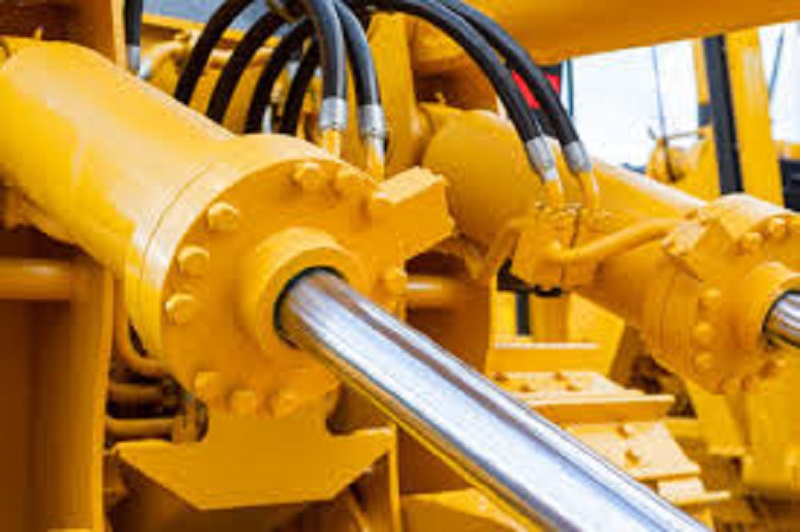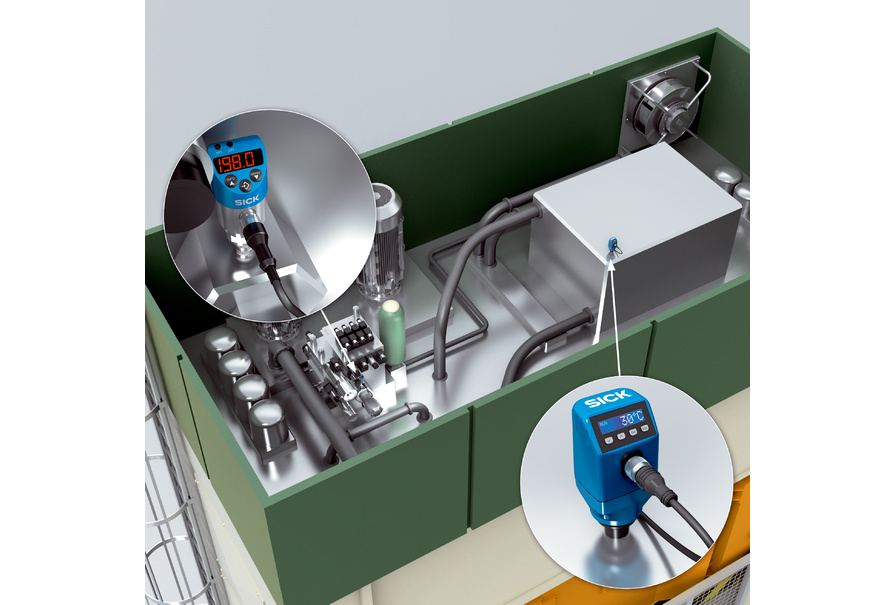Hydraulic systems are crucial to the operation of many facets of modern-day life, from large plants that rely on hydraulics to produce components to the hydraulic system that powers a neighborhood trash vehicle. As enormous as well as powerful as these systems might be, they do have a proverbial Achilles heel: temperature level extremes. Both low, as well as high temperatures, can influence the efficiency as well as the performance of hydraulic systems, both large as well as small. If your system is not executing as expected, possibly it is a concern with the temperature level that needs to be checked out and addressed.
Low-Temperature Operating Conditions
When most individuals think of the effects of temperature levels on hydraulics, their immediate thought is warmth; nonetheless, cool temperature levels can have a destructive impact on hydraulic systems as well. Such sub-optimal operating temperatures can result from well-below-freezing ambient temperatures or the procedure of a hydraulic system at high-altitude, low-atmospheric problems. Low-temperature effects can be particularly troublesome for mobile hydraulic systems located on exterior devices throughout the winter months.
Effects of Low Temperatures on Hydraulic Solutions
Elastomeric products like rubber are generally found on hydraulic systems of all sizes, and also rubber (as well as various other sorts of elastomers) is sensitive to cool temperature levels and can behave as a fragile product when temperature levels drop completely reduced. When hydraulic tools are subjected to cool temperature levels, rubber components such as seals, fittings, mounts, and also hose pipes can be seriously damaged during operation. It is very important to check the problem of outside rubber components for splits or rips before starting the system and also constantly have replacement parts available for rubber parts simply in case something is damaged.
Cold temperatures will affect the thickness of the fluids in your hydraulic system, which implies not simply the hydraulic fluid yet lubricants. Low temperatures will certainly enhance the thickness of hydraulic fluid as well as oil, which implies that it will act as a thicker fluid. If the thickness increases too much, the liquid will certainly not act usually; as an example, on startup, oil with a more than typical thickness may not disperse evenly around vital parts fast sufficient to prevent damage. Remember that liquids can actually harden to the point where they will certainly no more circulation. This will certainly cause starved pumps, cavitation, and the absence of lubrication, subsequently causing expensive damage to your hydraulic devices and the components it is comprised of.
A sensible method is to inspect the liquids in your hydraulic equipment– consisting of not simply the hydraulic fluid but also engine liquid and transmission fluid– before beginning it up. You are not inspecting the degrees, yet instead inspecting the viscosity: if the liquid is as well thick to leak off completion of the dipstick, it is as well viscous to function correctly. Attempting to run your system in that problem will seriously harm it. This boost in thickness is likewise why it is important to provide your hydraulic devices a possibility to heat up prior to usage. Start up the tools and also allow them still in order to heat up the hydraulic system as well as the liquids that it relies on prior to you placing the tools to work.
As a whole, it is very important to see to the fluids used in the system are appropriate for the expected temperature levels, considering air pressure if high elevation conditions are entailed. Supplier advice should be sought if there is any kind of question regarding what sort of fluids are appropriate in chilly temperatures.
Results of Heats on Hydraulic Solutions
When hydraulic fluids and lubricating substances are exposed to high temperatures for prolonged periods of time, the liquids will certainly begin to experience long-term degeneration and also a severe decrease in thickness (i.e., the liquid will be much thinner and much less viscous). The damage of hydraulic liquid results in oxidation (actually, the oxidation rate itself dramatically boosts with temperature level) and also the formation of troublesome sludge. At the same time, the fluid will experience chain reactions between derogatory additives, all of which seriously compromise the performance of the fluid and the hydraulic system all at once.
The reduced viscosity can render lubricating substances and also hydraulic oil useless when it pertains to safeguarding parts through reducing rubbing, stopping rough damages, as well as reducing the speed of wear. A modification in thickness additionally impacts the behavior of the hydraulic fluid itself, adversely influencing the efficiency of the hydraulic system in its entirety. Depending on a combination of pressure and also temperature, some fluids may actually get to a vapor state– which will clearly lead to damaged systems and also components.
Root Causes Of Warmth Generation in Hydraulic Equipment
High temperatures can result from severe ambient temperature levels yet are most likely to be the outcome of warmth generation within the hydraulic system. Because warmth can be so destructive to hydraulic equipment, it is essential to track down the source of warm generation. Warm generation generally arises from fluid streaming from a location of high pressure to a location of low stress with no output of mechanical work. One source of such a loss of stress is friction. High friction in the system will produce heat, and resources can consist of the following:
- Incorrectly lubricated components (e.g., not enough lubrication or not the right kind).
- Use a liquid with too high a viscosity for the system, causing friction within the fluid.
- Use a fluid with as well reduced viscosity that falls short to shield surfaces from excessive wear.
- Stress-triggered piston seals.
- Fluid passes through a constricting orifice or restriction at high speed.
- Fluid streaming through a limited flow.
Various other warm resources can include the compression of oxygenated liquids, which takes place when the hydraulic fluid is polluted with air. The compression of oxygenated fluid within a pump can quickly cause temperature levels around 2000 ° F.
In many cases, the warmth might not be created by the system itself. If the hydraulic system is running near a heat resource, that could cause issues for the hydraulic system. A lack of proper airflow can likewise lead to raised temperatures.
Conclusion
Temperature level extremes will affect the performance of your hydraulic system and lead to significant (as well as pricey) damage if absolutely nothing is done to either address the temperature level problems or shield the system from the effects of the temperature. This holds true whether it is a small snowplow operating during very cold ambient conditions or a hydraulic system in a factory that is creating sufficient warmth to elevate its operating temperature past suggested limits. One of the most prompt effects of temperature entails the thickness of the fluid: cold temperatures will increase liquid thickness, making it thicker; heat, on the other hand, will certainly decrease the viscosity of the fluid. Such modifications in viscosity can rapidly lead to irreversible damages to the hydraulic system as well as its elements.
Changes in efficiency can be due to running temperature levels, and resolving those problems for heat circumstances involves some investigatory job to establish the source and reason for the warm generation.

